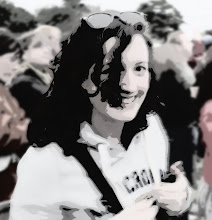A few ideas outside of the navigational aspect of the aid.
In order to truly enhance the visitors experience more information has to be given to them. This could easily be done using augmented reality. People learn better by discovering. Taking this into account the system should adapt to the visitors needs while building their interest. The goal is to engage multiple types of users, below are some solutions.
- The application knows where the user is so videos of the people who would have been living in the houses could be available with the click of a button on the users smartphone.
- Digital information could be overlaid on the screen about objects/places
- 3D representations of objects/people could be viewed in their real setting, with information.
- An AR tour guide could be available to the visitor who guides them around the Folk Park.
- The map could lead the visitor through a trail based on choices the visitor makes..."I like the history of farming/animals."
- Visitors could leave digital markers at any location in the Folk Park with notes, pictures, videos that can be accessed by anyone who visits the park or website. This will connect the Folk Park and the online experience.
- Using AR technology houses can be placed back in their original setting. The camera view the visitor can see where the house came from and the surrounding area. This has the potential to add a deeper understanding to the visitor.
- Puzzle/Quiz to solve as the user makes their way through the Folk Park. They would have to ask workers and search for answers around the park.




